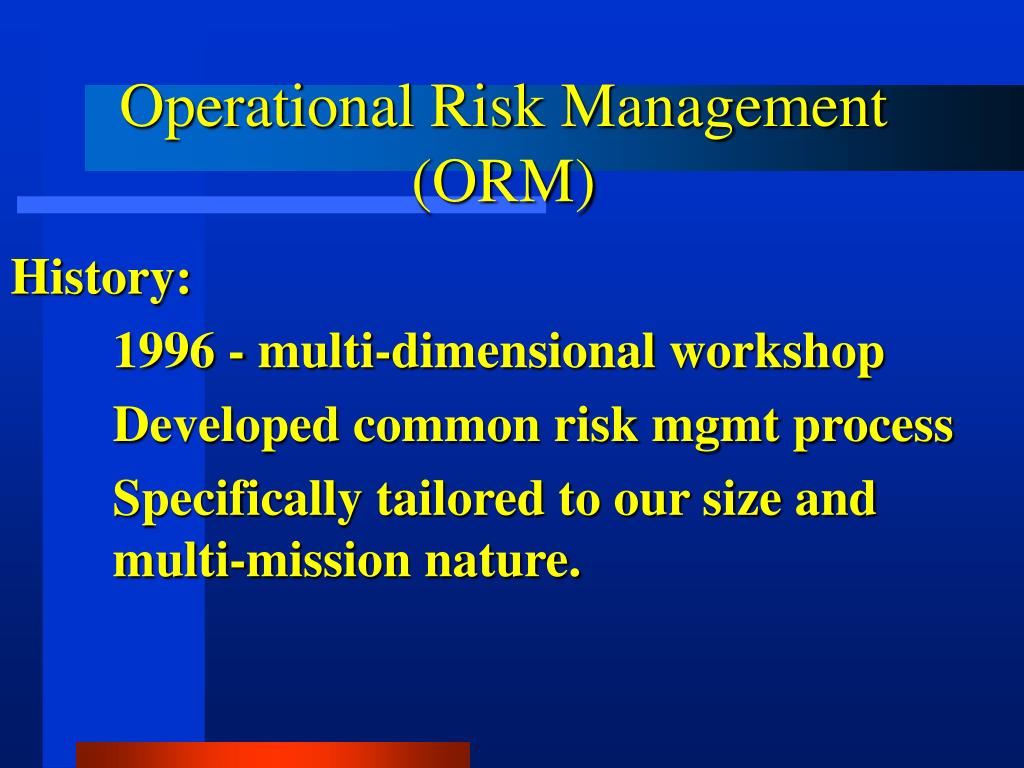
Compared with the classic inverse gamma and power law distribution of landslide magnitude and frequency, the function by the ordinary least squares method is more suitable for landslide size probability analysis of the study area. The longer the return period is, the higher the hazard probability is. The results reveal that 1530 people and USD 18 million worth of property were at risk of landslides within a 50-year return period and a landslide volume of 50 000 m 3. This study revealed that most building areas in hazard maps are at the foot of major slopes with very high hazard probabilities, and therefore we computed the potential loss of life and property for each slope. The spatial probability from susceptibility mapping with an accuracy of 84 % indicates that the major controlling factors are Quaternary deposits and weathered eluvium from Ordovician limestones. We applied the probabilistic method to assess landslide spatial, temporal, and size probabilities, while the hazard and risk assessment were considered for four return periods (5, 10, 20, and 50 years) and two size scenarios (landslide volume). In this study, we conducted a more detailed semiquantitative landslide and risk assessment at the community level using a scale of 1:10 000. Therefore, a more detailed assessment, especially at the community level, is urgently required by local governments for risk management. Previous studies by the China Geological Survey focused on the 1:100 000 scale.

Small communities living in mountainous terrain in Hubei province are often affected by landslides.


 0 kommentar(er)
0 kommentar(er)
